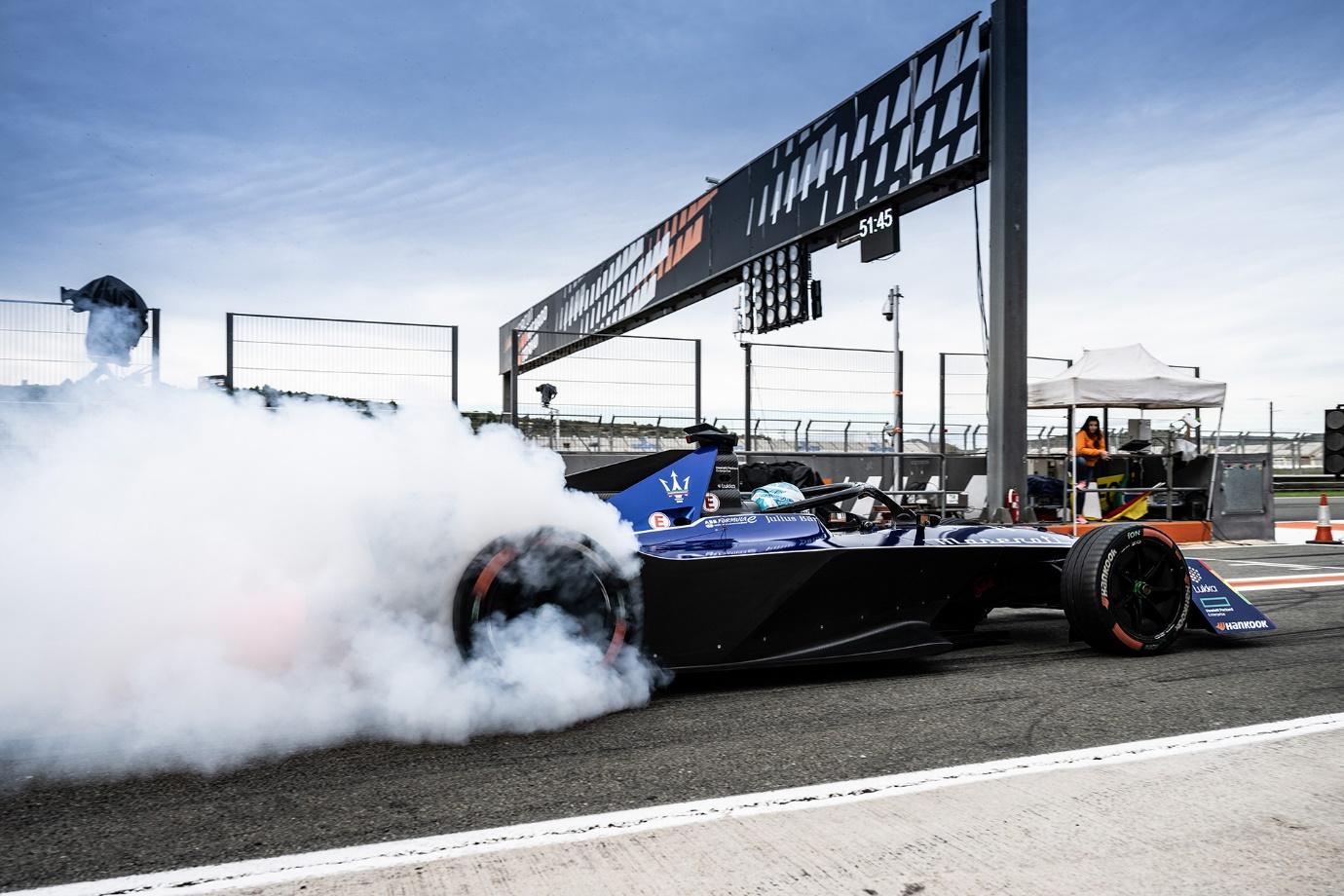
With Season 9 of Formula E starting this Friday in Mexico, ATRL’s Eline-Luna and Chiara Schanno delve a little deeper into the new generation of Formula E cars and what has changed for this season.
Formula E, the only single-seater series besides Formula 1 to be granted World Championship status, enters its ninth season this year. The series that had its inaugural race back in 2014 will now embark on a new era with its Gen 3 car. A new car means a slightly altered format, but what was changed?
Practice
Formula E is known for its single-day format where both practice sessions, qualifying, and the race is usually on the same day. However, for this season, the first practice session will be a day before the race. Then the second practice session follows on day two with qualifying and the race completing the day. In case of a doubleheader, the third day will have another practice session.
Attack Charge
Since the release of the Gen 2 Formula E has had something called ‘Attack Mode’. During the race, drivers will drive over a specially designated area slightly off the racing line to activate the Attack Mode. For a limited amount of time, the power output of the car will be 350kW instead of 300kW. In previous seasons, how often and for how long always was decided right before the race.
For this season, however, it has been altered. Drivers will be given a specific quantity of Attack Mode in the bulletin before the race weekend.
During the race, before taking their first Attack Mode the driver has to decide between several scenarios. These scenarios decide how many minutes of Attack Mode a driver has during their first activation and then their second activation. These can be up to five scenarios, depending on the amount of time given those are 1-5 scenarios. For example, if drivers are given four minutes there are three scenarios. S1: 1+3 minutes, S2: 2+2 minutes, S3 3+1 minutes.
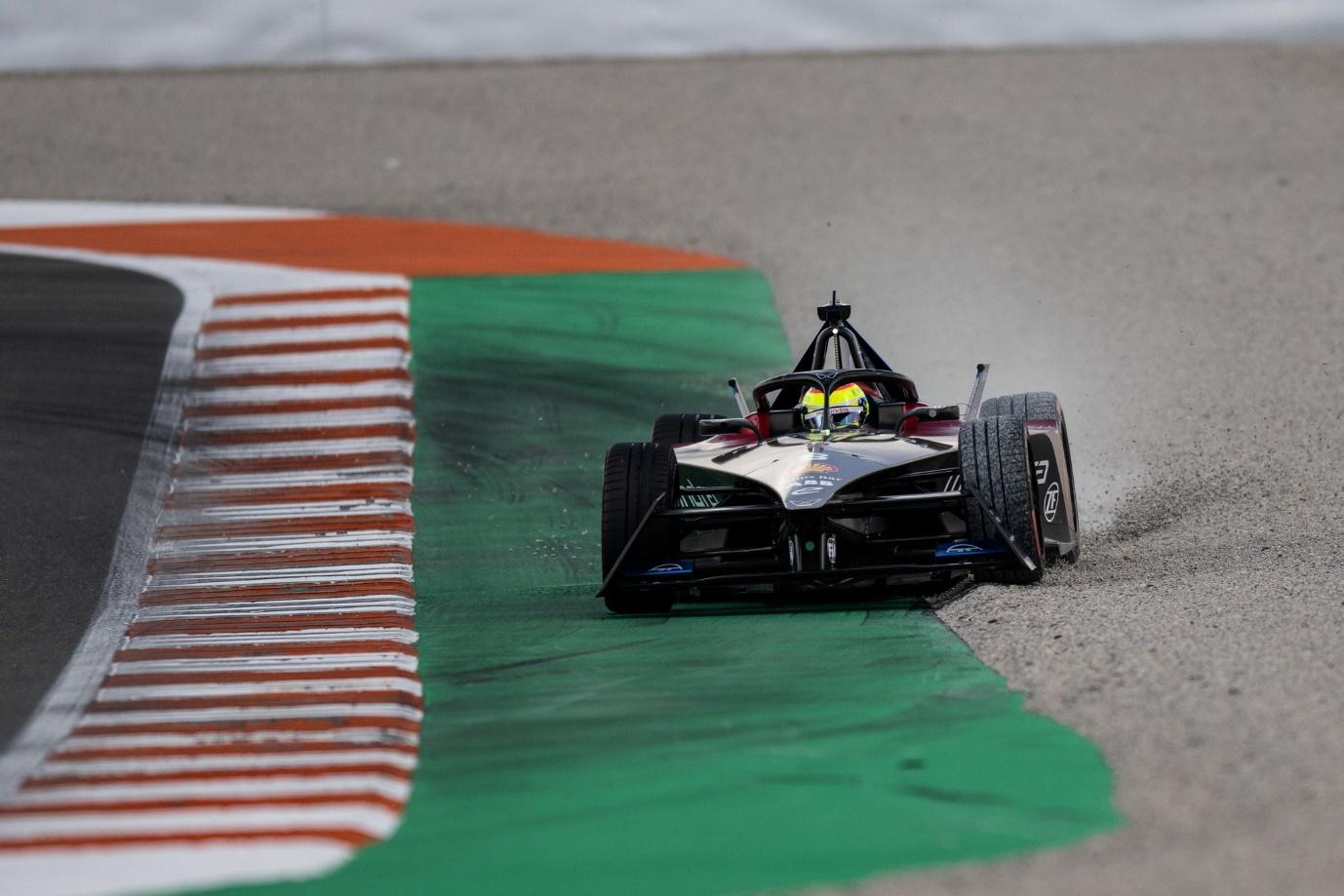
FIA Formula E / Simon Galloway
Attack Charge is something new for Gen 3. Formula E, the FIA, and its partners have been trying to develop battery and charging capabilities that will allow the Gen 3 car to receive a boost of energy during the race. This has resulted in a battery able of receiving 4kWh of energy in 30 seconds. This makes it the most advanced EV battery in the world. During select races this coming season, Formula E will mandate a 30-second Attack Charge stop during a predetermined period during the race. This enables two enhanced Attack Mode periods that can be deployed later in the race.
Fanboost, a fan vote where the top drivers in the vote received a power boost during the race, has been discontinued.
Laps instead of time
In past seasons, Formula E raced on time. The races would last 45 minutes + 1 lap. However, for this season that has been revamped. Races will be run over laps instead of a set time period. This is something we already saw from season 2 until season 4. Just like last season, Safety Car and Full Course Yellow periods will be compensated. Now with laps opposed to time. This only happens if an SC or FCY period occurs before 80% of the race has elapsed. For example, for a reference lap time of “1min 30sec”, a total time of 4 minutes and 15 seconds of FCY and SC periods would be converted into 2 additional laps.
The new car
For this season Formula E will race with the Spark Gen 3, the successor of the Gen 2 (SRT05e). The car is estimated to have a top speed of 320kph and is 60 kg lighter than the Gen 2. It also includes an additional front powertrain and no rear brakes. The power output will also be 100kW more with 350kW. The car will have double the regen capacity – meaning more than 40% of the energy used in-race is via regeneration under braking.
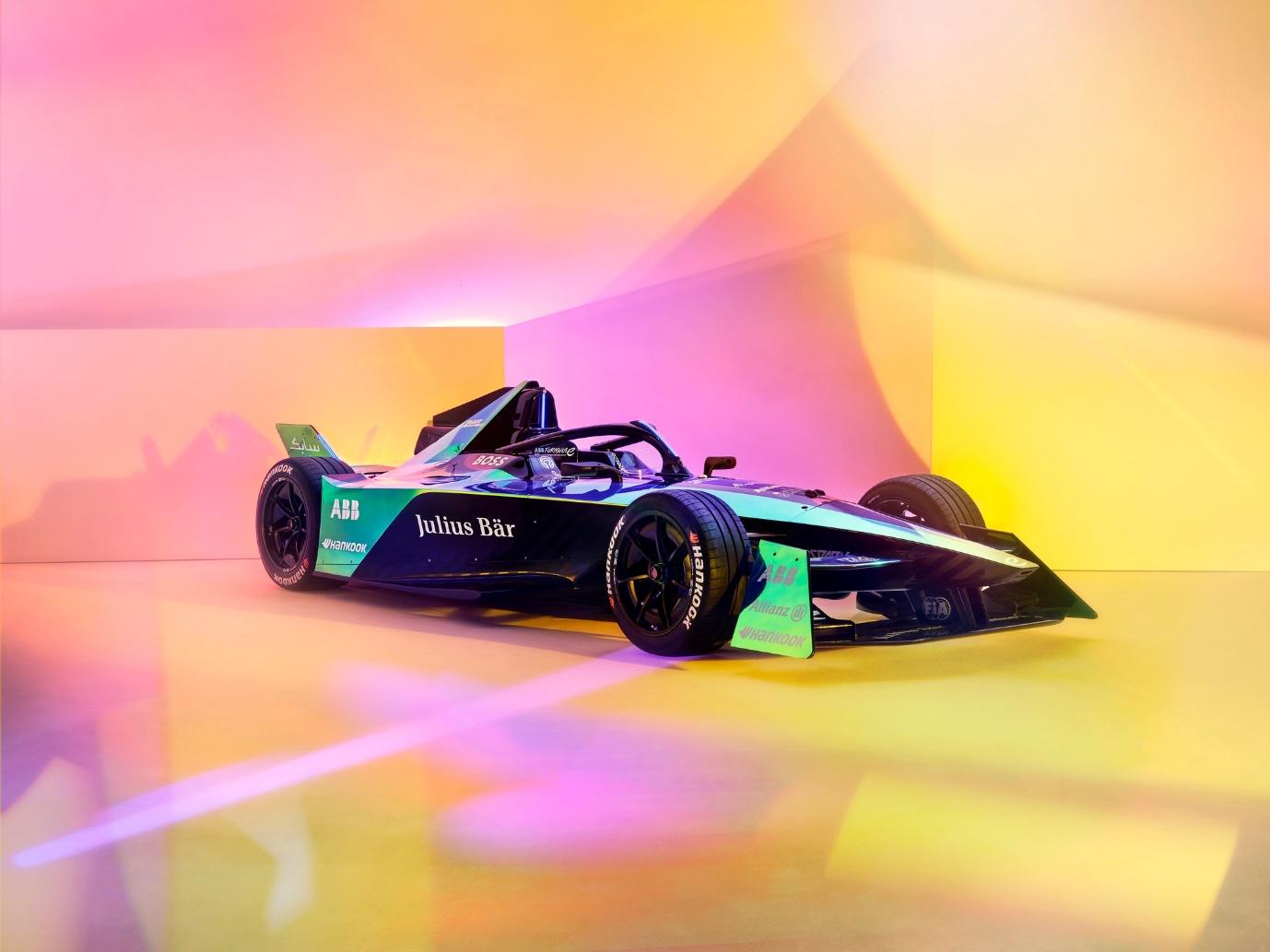
The new Gen 3 car for 2023 (Photo via FIA Formula E)
A new car might mean some issues for the teams during the season. Testing so far has seen several safety issues raised. a failsafe brake system is set to be implemented soon but won’t be there for the first few races.
Drivers have said the cars will be trickier to drive, the braking will be different and the car doesn’t have much downforce. With Gen 3, Formula E also welcomes a new tyre supplier in Hankook.
Qualifying
After a lot of criticism from teams and drivers Formula E changed its qualifying format last season. This season’s qualifying remains the same as the changed format, but there is a slight change. Drivers are divided into two groups based on championship order, Group A (odd positions) and Group B (even positions). . Each group gets a total of 12 minutes to try and set a fast lap time in the 300kW power mode. However, they have to set a time at least once within the first six minutes. The top 4 drivers of both groups advance to the duels stage. In the duels stage, the power mode goes to 350kW.
Opposed to last season where P1 in Group A would go against P4 from Group B in the Quarter-Finals, Groups A and B only meet during the final. The Quarter-Finals see P1 Group A vs P4 Group A and P2 Group A vs P3 Group A, the same goes for Group B. The winners of those duels advance to the Semi-Finals where two winners in their respective groups duel each other. This leaves us with a single winner in both groups, these two drivers duel each other in the final. The winner of the final will take pole.
DS Penske – from backmarker to top team?
In the previous season, the team (then called Dragon Penske) finished in last place of the team championship with just 2 points to their name. Dragon has now left the team as a sponsor, and DS has joined the team after leaving the now departed team Techeetah. With the new partnership comes both money and experience towards the Penske team. In the pre-season test held in December, DS Penske drivers Stoffel Vandoorne and Jean-Éric Vergne finished the final testing day in P2 and P3, and the practice race in 8th and 4th respectively. Will the team be able to repeat similarly good results during the season?
New season, new pecking order?
DS Penske is not the only team finding themselves in a different position in testing than they did in the previous season. After competing for the WDC and WCC in season 8, Jaguar TCS Racing appear to be struggling with the new generation of car. Sam Bird finished the last test day in a promising 6th position, but vice champion Mitch Evans was classified in 17th, almost one second off the top time. In the practice race that was held on day 2, Bird and Evans finished in 16th and 12th respectively. TAG Heuer Porsche seems to have been able to get even closer to the top of the field than the previous season, coming in 5th (Pascal Wehrlein) and 7th (António Félix da Costa) in the practice race. Of course not all teams run the same test schedule, and some might even be holding back, so it’s possible the tables will be turned in who will and who won’t be fighting for points (and more) from Mexico onwards.

The Gen3 cars on track during the practice race at the pre-season test in Valencia in December 2022 (Photo via @fiaformulae on Instagram )
New countries, new tracks!
The upcoming Formula E season is supposed to take place over 16 races in eleven countries. New on the calendar, and new for the series: Hyderabad (India) on February 11, Cape Town (South Africa) on February 25, São Paulo (Brazil) on March 25, and finally Portland (USA) on June 24 (instead of New York due to recent changes to the cruise terminal where the track and E-Village are located). It is not yet entirely known how some of these tracks will look, as they are still subject to circuit homologations, but designs for the street tracks look promising.
In addition to the new circuits, some of the returning ones have made minor alterations to their layouts, too, such as the Mexico City track which has added a chicane between T8 and T9 (now T12). Who will be the best at adjusting to the new tracks with little data? How will the layout changes affect the races?
Fast charging in selected races
The Gen3 cars have the ability for fast recharging, which will be tested in some races throughout the season. During those races, each driver is required to make a so-called “attack charge” pitstop. This then gives the driver two extra attack mode activations. In races without fast recharging, the “normal” attack mode is used. What tracks will be selected for the new technology? How will the pitstops affect the strategy? Will it even work without technical difficulties?
ABOUT THE AUTHORS

Chiara Schanno was introduced to Motorsport through their family at a young age. Getting really into F1 in late 2016, they soon started to watch more series and is now particularly interested in electric racing like Formula E and feeder series racing like Formula 2. A non-motorsport related (fun) fact about Chiara is that they have stage experience in both acting and singing. They are based in Germany.

Eline follows a variety of motorsports from Formula E to IMSA to Nascar to WEC. They hope to study Mechanical Engineering to work in motorsports one day.
Related Articles
Hitting the Apex: Acura Grand Prix of Long Beach
After a month off, IndyCar returns for the Acura Grand Prix of Long Beach, hosted on the historic street circuit. A favorite among drivers, the track challenges with tight corners and rewards skillful qualifying. Penske’s Josef Newgarden leads the championship, while Andretti’s Kyle Kirkwood and Chip Ganassi Racing’s Álex Palou look to build on previous successes. Théo Pourchaire debuts with Arrow McLaren, filling in for the injured David Malukas.
Hitting the Apex: Shanghai International Circuit
It's Shanghai Race Week! Read on for everything you need to know about the Shanghai International Circuit.The Shanghai International Circuit, also referred to as the Shanghai Audi International Circuit for sponsorship reasons, is a motorsport race track located in the...
Navigating the Future of Formula 1: Reserve Drivers and Their Path to a Full-Time Seat
ATRL's Tiegan Batchelor explores the world of reserve drivers' F1 prospects. Oliver Bearman's standout performance highlights the talent of these drivers, yet the road to a full-time seat remains uncertain due to financial constraints and fierce competition.In the...
Stay Up to Date With The Latest News & Updates
Interested in Writing for ATRL?
Contact us now! Fill out the form below and wait for an email from us to get started.
Join Our Newsletter
Subscribe to updates when we post a new article!
COMING SOON!
Follow Us
Follow us on Twitter and Instagram @ATRacingLine

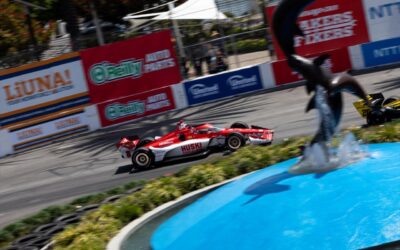

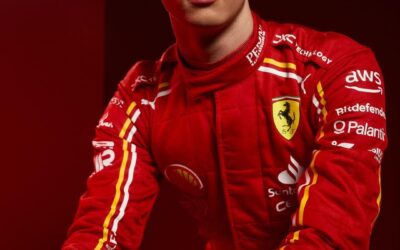
Recent Comments